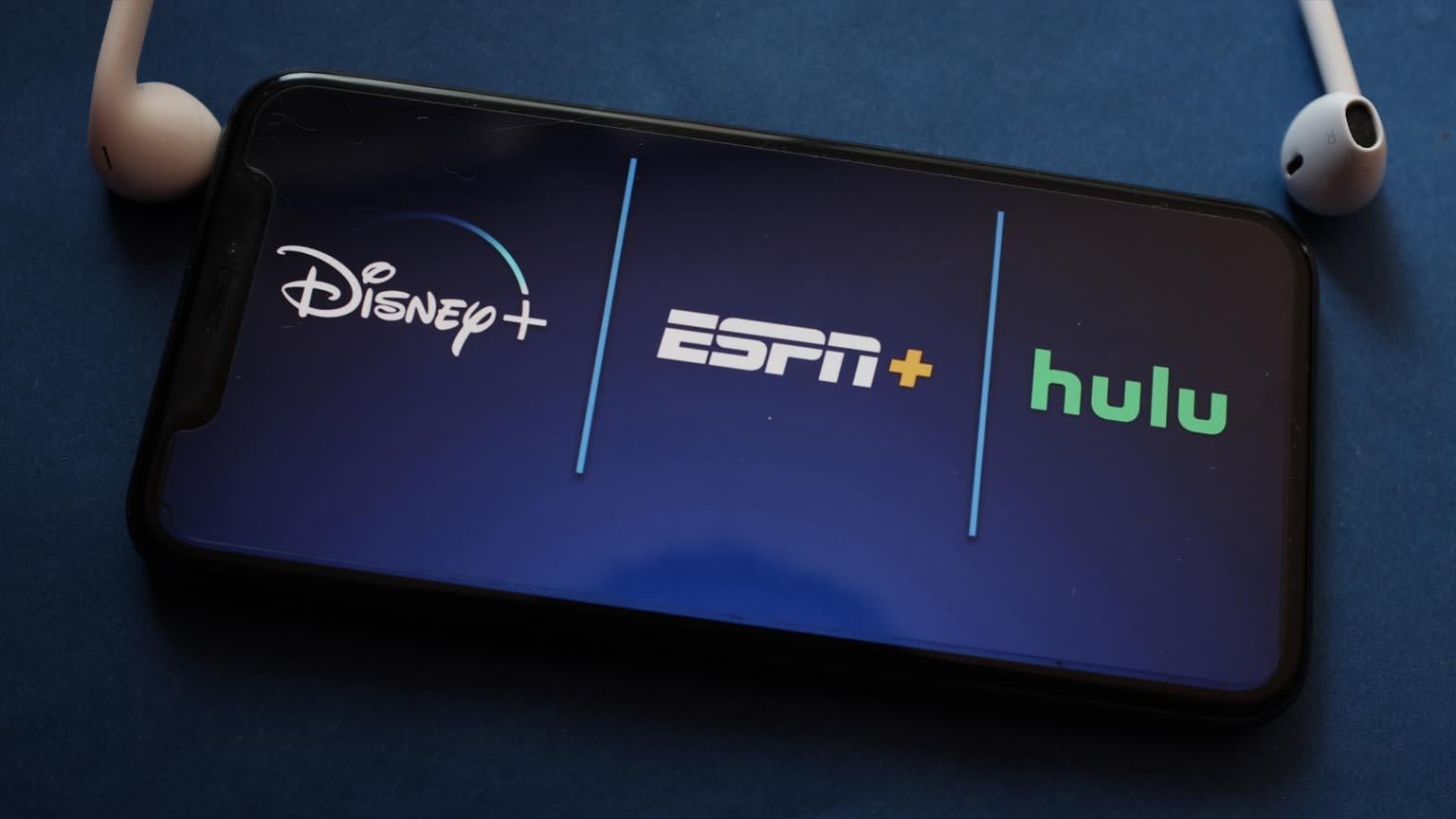New Data Reinforces the Need for Streaming Bundles for Both Customers and Providers
New Data Reinforces the Need for Streaming Bundles for Both Customers and Providers
Hub Research found that 74% of respondents are at least somewhat interested in a platform that allows them to pay for all their subscriptions at once.

To bundle, or not to bundle? That is the question facing streaming service owners these days as the number of new customers yet to be reached by streaming continues to dwindle. There simply aren’t that many broadband households that want a streaming service but don’t yet have it, and the rising cost of stacking multiple services means that viewers are more likely than ever to sign up for services to watch specific titles and cancel them soon after. That creates a huge opportunity for providers to bundle their services and reduce both costs and churn, and new data from Hub Research proves the wisdom of that strategy once again.
Key Details:
- 52% of customers now subscribe to three or more of the so-called “Big Five” streaming services.
- Around one-third of customers say they plan to sign up for and/or cancel a streamer in the next six months.
- FAST services could be a way to attract even more viewers to future bundles.
Get Disney+, Hulu, and ESPN+ for just $16.99 a month ($14 savings).
The data from Hub shows that the home entertainment market is crying out for more bundling options. Fifty-two percent of respondents to Hub’s survey say that they subscribe to three or more of the Big Five subscription video-on-demand (SVOD) services — Disney+, Hulu, Max, Netflix, and Prime Video. That’s 12 percentage points higher than the number who say they paid for three or more of these streamers in 2021.

The cost of streaming without ads has risen on each of these services since then, and now the price of subscribing to ad-free plans of all five is more than $75 per month. That high cost goes a long way toward explaining the number of customers who are willing to sign up for a streamer, watch a single show or movie, and then cancel their account — a practice known in the industry as cycling.
Hub’s data continues to show this group of customers is a big chunk of the overall streaming market. Almost one-third of respondents said that they planned to sign up for a new streaming service in the next six months, and nearly the same number said that they were going to cancel at least one subscription in that time, suggesting that without more bundling options, the behavior of cycling isn’t going anywhere.

This presents a clear need for streaming providers to enhance the value of their products in the minds of viewers. Streaming bundles can do just that, as they usually let viewers access multiple services at discounts of up to 40% or more off of what they’d pay to subscribe to those streamers individually. This makes customers think twice about canceling a bundle since they’ll have to lose access to every streamer included, as opposed to just one.
Bundles are also highly convenient because they keep viewers from having to worry about keeping up with multiple streaming payments. Paying one monthly streaming bill instead of four or five is highly desirable among Hub’s respondents, 74% of whom said they’d find a service that allowed them to manage all their subscriptions in one place at least “somewhat appealing.”

“Consumers are overwhelmed by the fragmented landscape of streaming services and are well-positioned to migrate to more streamlined solutions,” Hub consultant Jason Platt Zolov said. “New streaming bundles recently announced are a step in the right direction – and those which communicate a clear price/value solution will be well-positioned to help stabilize challenges with churn.”
Should Providers Add FAST Services to Bundles?
The data from Hub also shows that the adoption of free ad-supported streaming TV (FAST) services has risen dramatically in the last three years. In 2021, 44% of viewers said they watched at least one FAST platform, but in 2024 the number has jumped to 65%.

Services that offer a large number of FAST channels like Tubi, Pluto TV, and The Roku Channel have become more than just places for viewers to watch something free while they clean house or engage in other activities. They’ve become recognized brands in their own right, and that’s why they might be perfect to add to future streaming bundles. Obviously, these services don’t bring added monetary value to bundles since they’re already free, but including them in packages with paid streaming services could be a way to lure more customers and add more varied content to streaming combos in the future. It would take some sort of creative approach to make a free service interesting to a bundle of paid services, but if the partners could arrange a way for the FAST content to be accessible inside the SVODs, that could be attractive as a way to less than difficulties of viewers having to bounce between platforms.
The industry has already begun heeding the call for more bundle options. Netflix, Peacock, and Apple TV+ are now available for all Xfinity subscribers in the StreamSaver bundle, and Disney+ will combine with Hulu and Max in a new bundled option at some point this summer. The latest report from Hub proves these products will find an enthusiastic customer base when they arrive, and shows streamers that are resisting bundles that the future won’t wait for them.
Disney+
Disney+ is a video streaming service with over 13,000 series and films from Disney, Pixar, Marvel, Star Wars, National Geographic, The Muppets, and more. It is available in 61 countries and 21 languages. It is notable for its popular original series like “The Mandalorian,” “Ms. Marvel,” “Loki,” “Obi-Wan Kenobi,” and “Andor.”

